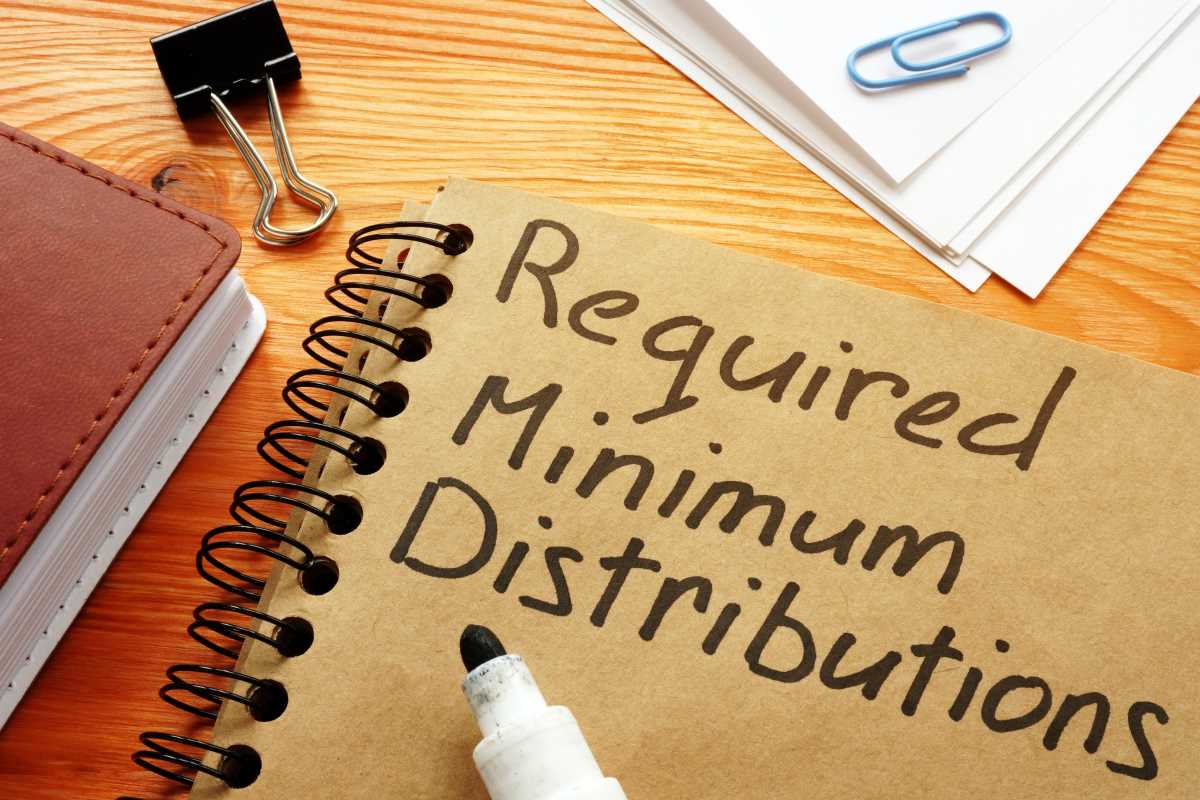As you approach your 65th birthday, you start hearing a lot about Medicare. It's a word that’s often mentioned alongside retirement and Social Security, but many people find it confusing. What is it, really? Think of Medicare as the national health insurance program for older Americans and some younger people with disabilities. It’s a crucial lifeline that provides access to healthcare for millions, but it’s not a magic wand that covers everything for free. Understanding the different parts of Medicare, what they cover, and what they don't, is one of the most important things you can do to prepare for a healthy and financially secure retirement. It puts you in the driver's seat of your own healthcare journey.
What is Medicare and Who Qualifies?
Medicare is a federal health insurance program that was signed into law in 1965. Its primary purpose is to provide health coverage for people aged 65 or older. However, it also covers younger people who receive Social Security disability benefits and individuals with specific conditions like End-Stage Renal Disease (ESRD) or ALS (Lou Gehrig's disease). If you have worked and paid Medicare taxes for at least 10 years, you are typically eligible for premium-free Part A coverage when you turn 65. Even if you don't qualify for the premium-free portion, you may still be able to buy into the program. It's a foundational piece of the American healthcare system, designed to ensure that seniors have access to medical care.
The Different Parts of Medicare (A, B, C, and D)
Medicare is not a single, all-encompassing plan. It’s broken down into different parts, each covering specific services. Part A is often called "hospital insurance." It helps cover inpatient care in a hospital, skilled nursing facility care after a hospital stay, hospice care, and home health care. Most people get Part A premium-free.
Part B is your "medical insurance." It covers things like doctor visits, outpatient care, medical supplies, and preventive services like flu shots. You will pay a monthly premium for Part B, which is usually deducted from your Social Security benefit. Together, Parts A and B are known as Original Medicare.
Part C, also known as Medicare Advantage, is an alternative to Original Medicare. These are all-in-one plans offered by private insurance companies approved by Medicare. They must cover everything that Parts A and B cover, but they often include extra benefits like dental, vision, and hearing coverage.
Part D is prescription drug coverage. This is also offered by private insurance companies and helps cover the cost of your medications. If you have Original Medicare, you will need to enroll in a separate Part D plan if you want drug coverage.
What Medicare Doesn't Cover
A common misconception is that Medicare covers 100% of your healthcare costs. In reality, there are many things it doesn't cover. Original Medicare (Parts A and B) generally does not pay for most dental care, eye exams for glasses, dentures, or hearing aids. It also doesn't cover long-term care, also known as custodial care, which is help with daily activities like bathing and dressing. Furthermore, even for covered services, you are still responsible for deductibles, copayments, and coinsurance. These out-of-pocket costs can add up quickly, which is why many people choose to get additional insurance, such as a Medicare Supplement (Medigap) policy, to help cover these gaps.
How to Enroll and Key Deadlines
Your Initial Enrollment Period is your first and best opportunity to sign up for Medicare. This is a seven-month window that begins three months before the month you turn 65, includes your birthday month, and ends three months after. It's crucial to enroll during this period to avoid potential late enrollment penalties, which can be added to your monthly premium for the rest of your life. If you are still working and have health coverage through your employer, you might be able to delay enrolling in certain parts of Medicare without penalty, but you should check the specific rules. Missing these deadlines can be a costly mistake, so it's important to be prepared as your 65th birthday approaches.
Tips for Managing Costs with Medicare
Managing your healthcare costs in retirement requires a proactive approach. First, carefully choose your coverage. Decide if Original Medicare with a Part D plan and a Medigap policy is best for you, or if a Medicare Advantage (Part C) plan better fits your needs and budget. Second, take full advantage of the preventive services that Medicare covers, many of which are free. Staying on top of your health can help you avoid more costly treatments down the road. Finally, don't be afraid to talk to your doctor about costs. They may be able to prescribe a generic version of a medication or recommend a less expensive but equally effective treatment option.







